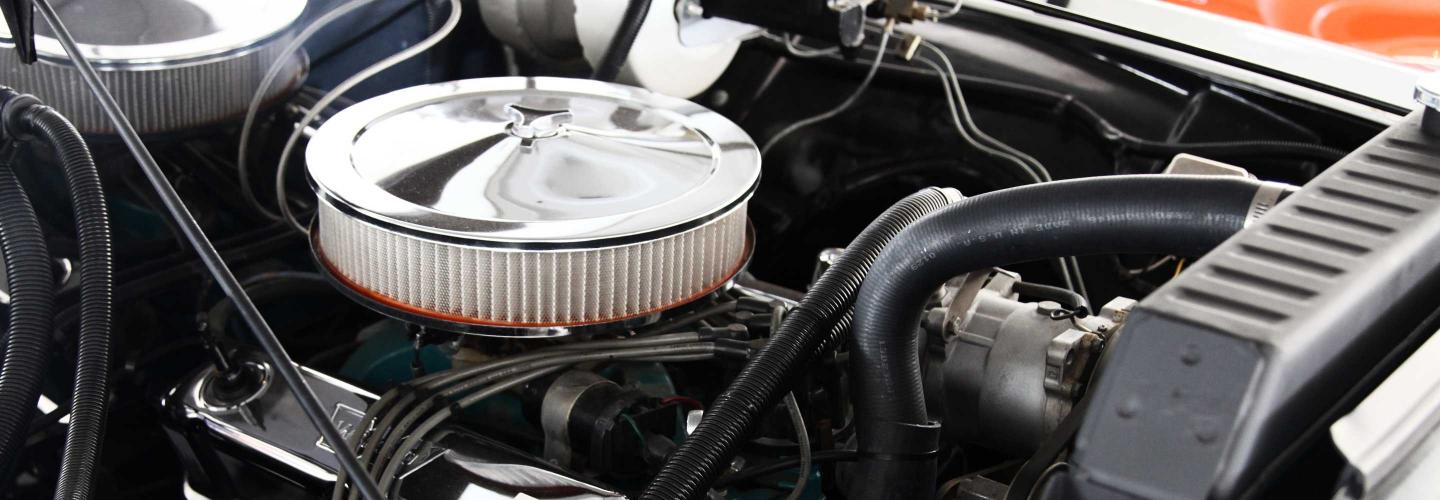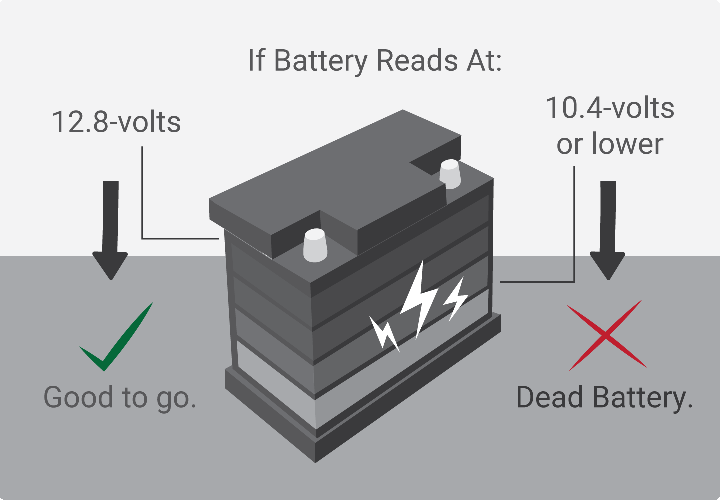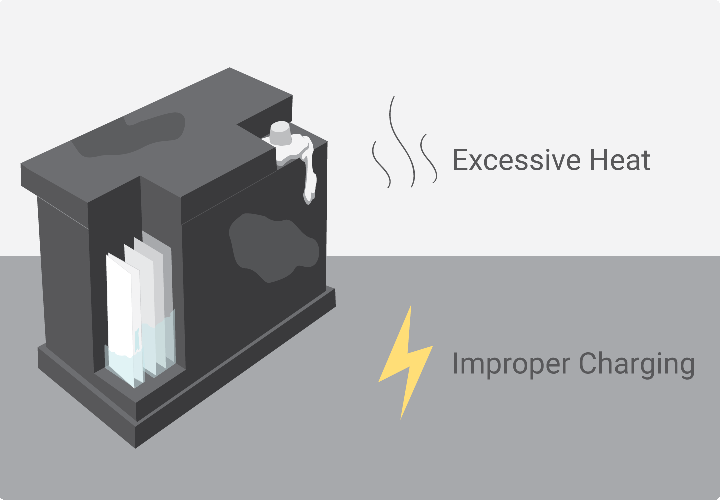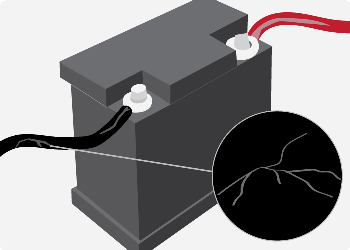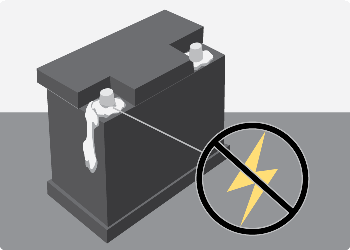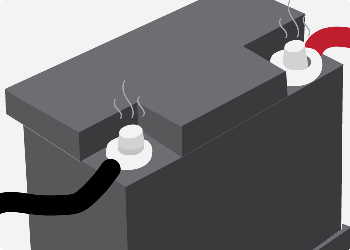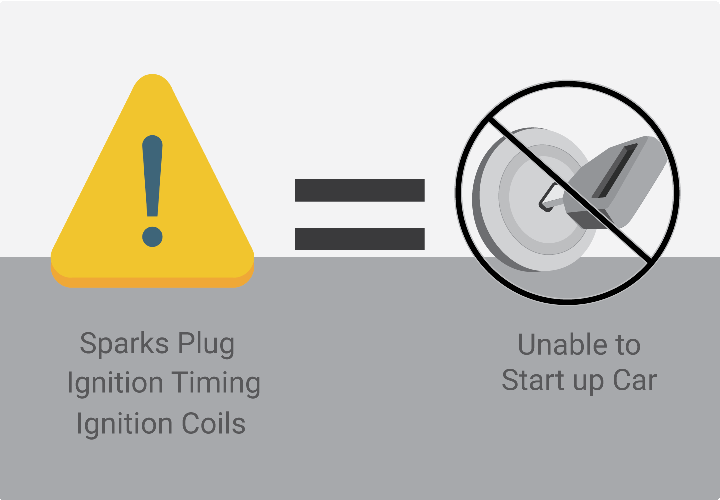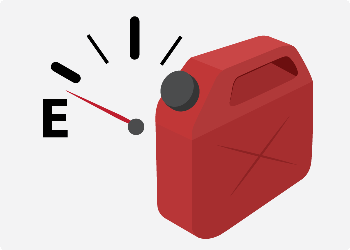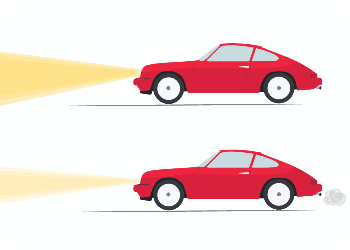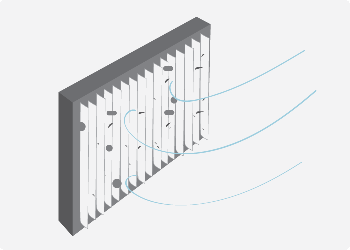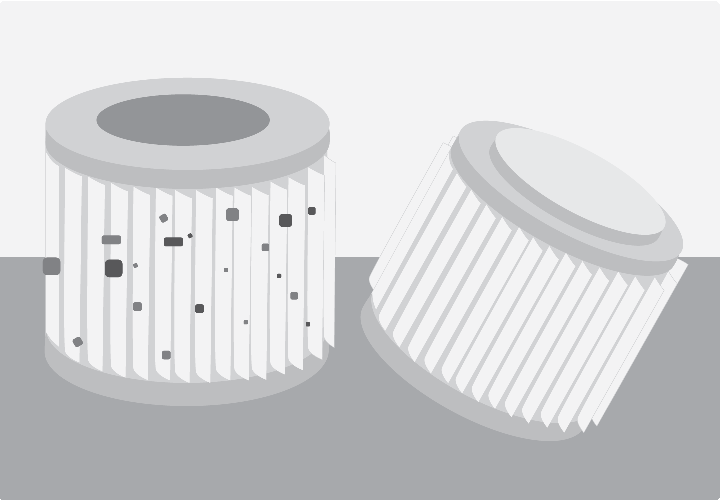Why Won’t My Car Start? Apr 18, 2016
The Most Common Reasons Why A Car Won't Start
Millions of Americans experience problems with their vehicle not starting every year. How many times have you heard: my car won't start but the radio and lights work, my car won't start it just clicks, my car won't start and it's not the battery, or my car won't start but it turns over. There are a myriad of reasons vehicles experience starting problems. Here are some of the most common:
When The Engine Does Not Crank, Or Turn Over
A Dead Battery
Most vehicles need at least 10.5-volts in order to start, which is roughly the value of a fully drained battery. If you have accidentally left the interior lights “on”, or another electrical load, it’s easy to drain the battery below 10-volts. You can quickly rule out a dead battery by checking the open-circuit voltage of the battery. For example, if your vehicle is measuring 12.8-volts, and not starting, you can cross off a dead battery is a potential reason. If the reason is a dead battery, remember to allow the vehicle to run for 2-3 hours, or connect the vehicle to a smart battery charger. Its critical to the life of the battery that it receives a full charge after a deep discharge.
A Bad Battery
A bad battery can occur for a number of reasons, such as quality, age, abuse, heat, and improper charging. The two most common reasons for a bad battery is battery sulfating and a shorted battery cell inside the battery. Battery sulfation is a condition, which lead-acid batteries develop due to being deprived of a full charge or left in a discharge state. Over time, the condition worsens whereby reducing its capacity. Eventually, battery sulfation will cause the battery to not be able to hold a charge, and difficulty holding voltage needed to start the vehicle. A shorted battery cell is when two of the internal battery plates come into contact with each other. As a result, the battery cells will suffer a short and the 12-volt battery will effectively become a 10-volt battery. Internal cell contact happens when the battery separator (the material that separates battery cells) breaks down. Battery operators fail for a variety of reasons, but some of the most common our excessive ambient heat, overcharging, over-discharge, and excessive charging rates. The easiest way to determine of you have a bad battery is to perform an electrical load test.
Poor Electrical Connections
A loose battery cable or battery connection limits current flow. Similarly, a damaged or worn battery cable can limit current flow. Check for dried, cracked, and peeling plastic insulation on the battery cable. Make sure all battery connections are secure, and replace any battery cables or battery terminals if damage is present.
Battery Corrosion
Battery corrosion is an excellent resistor. The presence of battery corrosion can significantly limit current flow. If present, clean and remove all battery corrosion.See our Ultimate Guide To Cleaning and Removing Battery Corrosion.
Bad Starter
A bad starter acts very similar to that of a bad battery and bad charging system. That being said, make sure your battery is healthy and fully charged and your charging systems is functions properly. If you have a bad starter, most likely your engine will turn over very slowly and the interior and exterior lights will weaken. In addition, experts have noted that the battery terminals and battery cables will become excessively hot when a starter has malfunctioned.
Bad Charging System
Bad Clutch Switch
When The Engine Does Crank, But Does Not Turn Over
Bad Ignition
All vehicles need a spark (or compression) to ignite the fuel to start. Issues with the spark plugs or ignition coils may lead to starting problems. Ignition timing issues are possible too, as sparks need to happen at the exact time with correct amount of voltage. Warning signs are typically present before an ignition system failure. If the vehicle is difficult to start, runs rough, just just hard to start, these are the beginning symptoms. To detect ignition problems, pull off the spark plug wire, and ground the wire on a metal surface on the engine. Make sure there is no flammable liquids nearby (i.e. gasoline), and do not hold the spark plug wire, as it can shock you. Crank the engine, and see if there is a spark. If you see a spark, it’s not the spark plug. If you do not see a spark, it could be a bad distributor, a bad coil pack, bad crankshaft or bad camshaft position sensors. Next, check your fault codes with a scanner for any errors. If the results are negative, use a multimeter to check fuses and relays. Check if there is resistance at the sensors. Check if the coil pack is getting power. If voltage is present, the coil is bad.
Out Of Gas
Sounds stupid, but its happened to the best of us. An engine needs fuel to compress to turn over an engine. If the gas tank is empty, then the engine may crank, but not get the vehicle started. Fuel up and remember running your vehicle on or close to empty is not beneficial for the fuel pump or fuel filter.
Worn Starter
The gears, bushings and bearings of an alternator can wear, and cause the vehicle not to start. It’s easy to detect a worn starter. If your headlights are bright when the vehicle is “off," but decreased luminosity when “on," it may need to be replaced.
Clogged Air Filter
Make sure the cylinders are getting plenty of air. Check the air filter and to be sure it’s not clogged. Inspect any ducting or air inlets that might be clogged with debris. However, lack of airflow is rarely the cause for a vehicle not starting, but it’s worth the investigation.
Clogged Fuel Filter Or Injectors
Like an air filter, the fuel system can become clogged, and no fuel is reaching the engine. When the engine isn’t getting enough fuel, a bad fuel pressure regulator, a fuel leak, a clogged fuel filter, or clogged fuel injectors could be the problem. Most common is a bad fuel pump. The fuel pump can be checked fairly easily. Locate the fuel pump, and listen closely as the engine is started. There should be a “whinny” sound as the pump primes. If not, then the fuel pump is not getting enough power. Use a multimeter to check the fuel pump. If it’s getting voltage, then fuel pump has likely failed.

